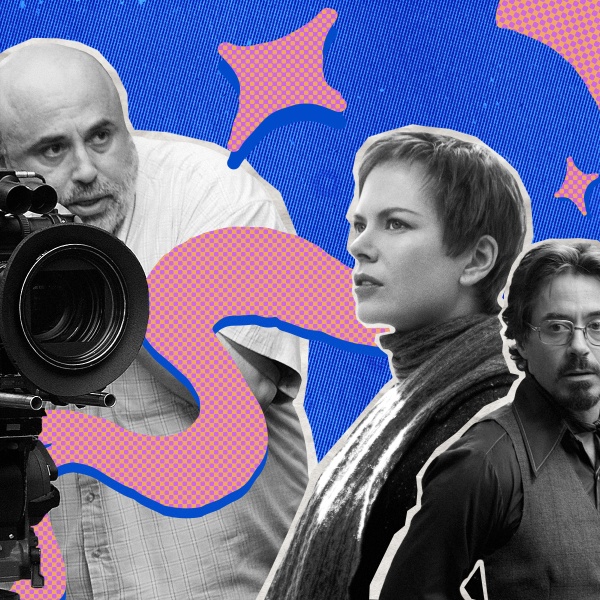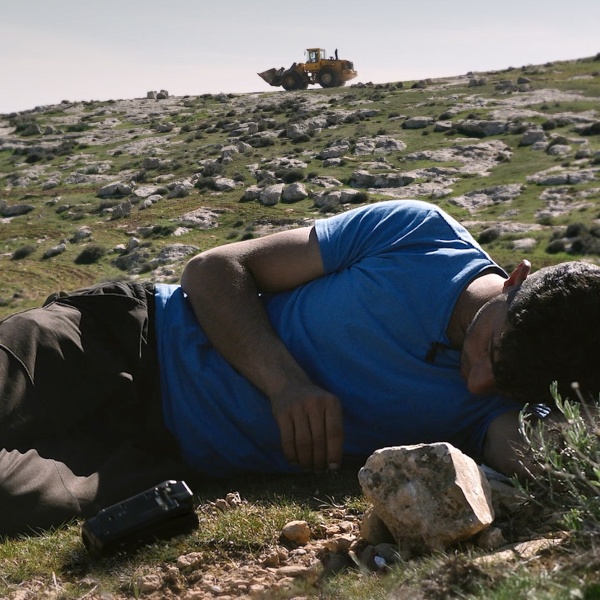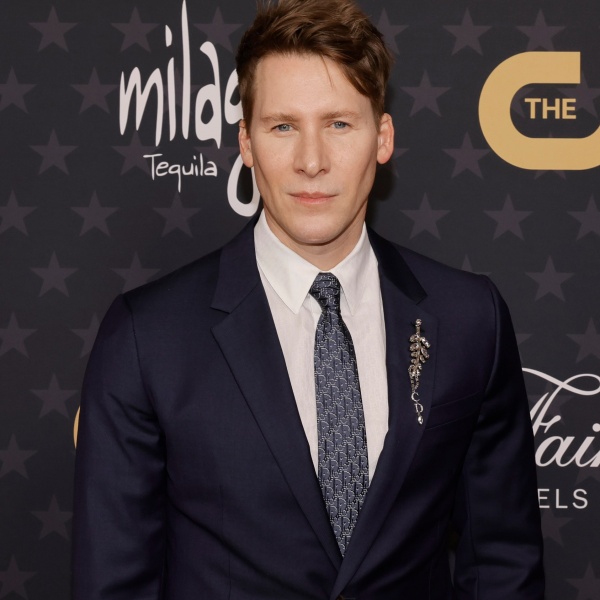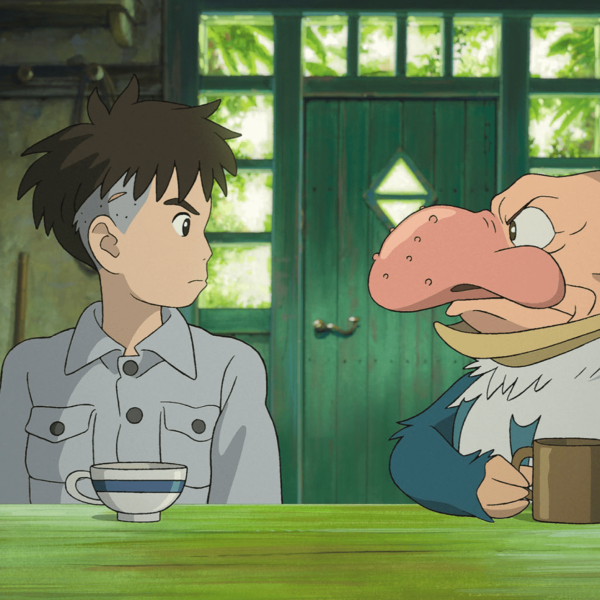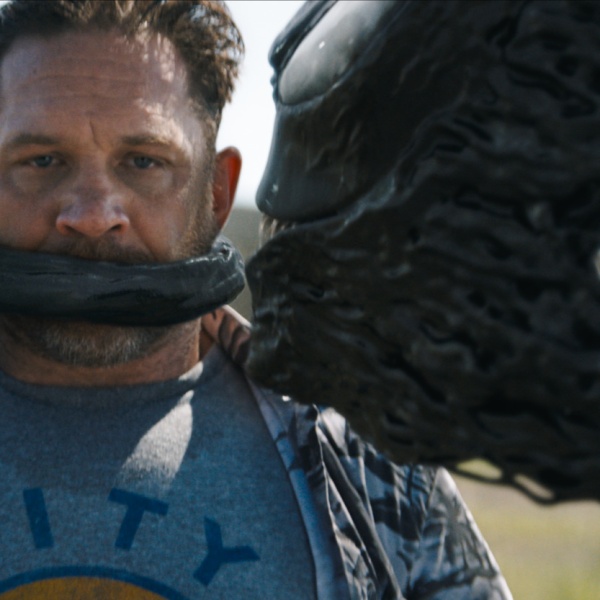The broad beats of a courtroom drama are simple and finite; any procedural fan would know. And French film “Anatomy of a Fall” has everything you would expect from a taut crime thriller: a mystery that runs deeper than our initial understanding, cops trying to prove different theories, warring lawyers in the courtroom, a piece of new evidence that throws the case into confusion, a major scene on the witness stand. But the film does not approach those moments in an expected fashion, neither emotionally nor formally. Director Justine Triet is more interested in pushing back on genre tropes wherever she can to create a messier, but more involving, picture of the many narratives we use to explain a fall.
The titular fall — and possible murder — is of frustrated writer and stay-at-home dad Samuel (Samuel Theis). The main suspect is his wife, a successful author named Sandra (Sandra Hüller). “Anatomy of a Fall” resists leading the audience in the same way a judge would admonish an attorney for leading the witness; the trick that Triet pulls off is getting to play with the elements of a great courtroom drama while withholding the easy drama of crime-solving or clue hunting. How Triet visually deals with the film’s elements of genre holds Sandra that much further out of reach and makes her all the more fascinating.
During the scripting process with her co-writer Arthur Harari, Triet remembers that she had a moment of dread realizing she’d need to hit the beats of a common genre trope: the police arrival at the crime scene. “When the policeman arrives to discover the body — I’ve seen this scene a hundred times in my life, and I was like, ‘OK, I don’t want to shoot this,’” Triet told IndieWire on the Filmmaker Toolkit podcast. And yet, some version of that scene still needed to exist. So Triet had to find a novel way into the routine of the police taking photographs and witness statements, all the same rigamarole we see in everything from “CSI” to “Zodiac.”
“We have to manage a way to do things with pleasure,” Triet said. “How can I find the pleasure and the desire [to shoot this scene?]”
The answer that Triet and Harari arrived at was to follow the family’s dog, Snoop, through the police arrival at the chalet. Triet’s camera stays low to the ground and moves seemingly from the perspective of Daniel’s (Mile Machado Graner) best friend. Not only does that force us to absorb the information in a playful, novel way, but Triet said that there was something poignant about Snoop being our window into the crime scene. Snoop becomes a wordless presence who was part of Sandra and Daniel’s life before the fall but can’t tell them any truths about what happened.
Triet tried to push the dog vision through the police’s arrival even further, inspired by Samuel Fuller’s “White Dog.” But on set, Triet said that Snoop moved through the space way too fast for the kind of beautiful, slowly unfolding shots that Fuller pulled off. Still, there’s something intriguing and playful about going at the speed of Snoop, throwing the viewer as off-balance as Sandra is while being asked questions about an event she claims she didn’t see.
Pushing against the expected beats of the crime film and the courtroom drama animates the whole of “Anatomy of a Fall” and is at the heart of Sandra’s character. Both structurally and in terms of Hüller’s performance, Triet was drawn to the character’s confidence, strength, and unwillingness to apologize for who she is or play the victim in any way. “She doesn’t feel that she needs to change an iota of her being, her moral standing, to try and fit in or correct for what a woman’s position should be,” Triet said. “She’s not correcting for the guilt that other people assume of her and she’s making no concessions or performing anything.”

Finding the right balance between Sandra’s strength and the emotions of what she’s being put through was a process of finessing for Triet and Hüller. Triet never lets Hüller have the peace of a clean frame, filling the foreground with bodies, objects, or the architecture of the courtroom itself. “ I’m [shooting from] a point of view, from Daniel, from the jury, from from the lawyer, and I wanted something very full,” Triet said.
Sandra’s strength very much comes through as an opposition to the sense of a gaze on her. Both she and we feel that point of view, and she sticks to her (purely metaphorical) guns. But Triet does want us to see her struggle. So Triet and Hüller found a balance that honors the dramatic beats of the accused on the witness stand without falling into any of its cliches.
The key to that balance, according to Triet, was working with Hüller to find the motivating source of her vulnerability: having to go through the courtroom ordeal, especially hearing an audio recording of her last argument with her husband in front of her son. “It was, ‘OK, [Daniel’s] here and I’m ashamed that he can hear everything,’” Triet said. “[In that scene,] she is shaking a little bit more but it’s something that she’s reckoning with internally. And that asks an almost philosophical question about how we protect people who are strong, who are making an effort to be in strength… what place is there for that without having to break it down?”
In asking that question, “Anatomy of a Fall” answers a philosophical question of its own: how to create a thrilling courtroom drama that has all the beats we expect but in inventive, surprising ways that are completely its own.

